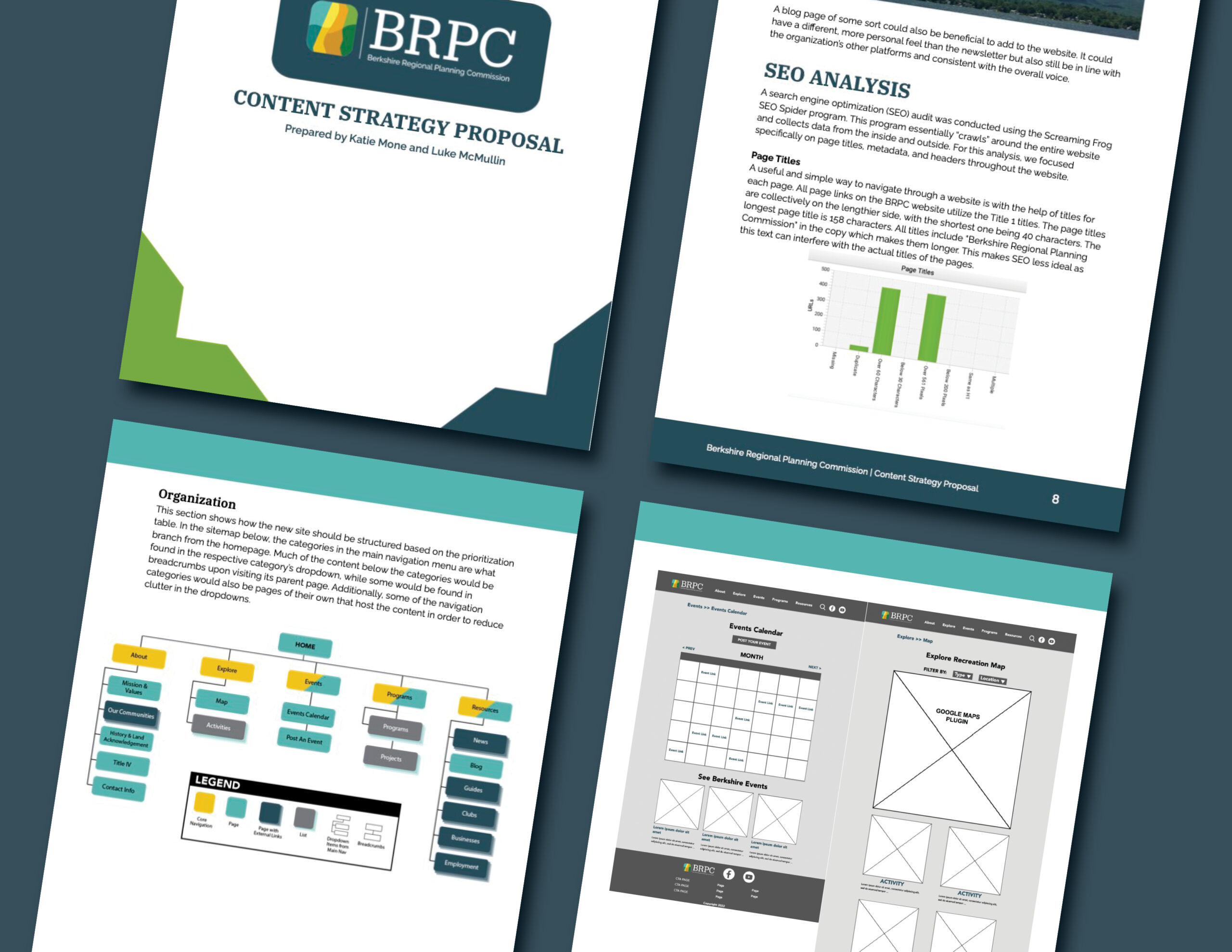
These days with the internet, it seems that digital advertisements are everywhere, and that it’s becoming increasingly difficult to avoid them. You can’t even browse a website—let alone search Google—without seeing sponsored content on every page. If you use an ad-blocker, many sites will detect it and prompt you to whitelist them.
Additionally, many websites and social platforms incorporate advertising in more subtle ways through what is called native advertising. In a nutshell, native advertising is paid content that attempts to blend “seamlessly” with the website’s content in which it appears. By mimicking its surroundings, advertisers hope that users will view, or better yet engage with, the native ad content without feeling disrupted.
However, sometimes the user may not be able to tell that it’s an advertisement depending on how well it matches the other media. This raises concerns about native advertising from an ethical standpoint. Is it morally acceptable to display what is basically brand promotion that is trying to fit in among the website’s own content?
In my view, the practice of native advertising is usually not unethical, but there are instances where it can be problematic.
When Native Advertising Goes Rogue
A 2018 study from Reuters found that a vast majority—about 86% of readers—can tell the difference between editorial and branded content, while 14% cannot. However, that 14% who can’t is still a concerning figure. This is especially true for a business that relies on journalism (i.e. news organization), where integrity and reader confidence are most likely core components of its content strategy.
The confusion may also cause issues regarding user accessibility, which is another core component in many organizations’ content strategies. If users—even a small amount—are being deceived by branded content, then this could hinder user accessibility goals.
As technology advances, so do new ways of spreading misinformation or “fake news.” If entities are given the opportunity to exploit the technologies that enable native advertising and they go unchecked, then users may lose trust in the websites that host the ads or even become deceived and buy into the false information.
One infamous example of this exploitation was in 2013 when the controversial Church of Scientology paid for sponsored content on The Atlantic‘s website. Readers were deceived into thinking it was a journalistic report on the organization; instead, they were lured into reading a piece of content marketing from the organization itself. Consequently, The Atlantic pulled the ad and changed its ad policy accordingly.
There are even times when it’s very obvious that a piece of content is sponsored, but it still takes a toll on the host site’s reputation. For example, in 2014 the New York Times hosted this advertorial by Dell which made condescending remarks about “millennial work ethic” in order to promote their hardware for telecommuting. Although this article and its clear obnoxious agenda were distinct from the NYT’s other editorial content, the content they show is still a reflection on them as an organization at the end of the day.

If advertisers were able to spread whatever agenda they have without constraints simply because they paid for their sponsorship, then the distinction between reality and fiction would be more blurred on the internet. Even if that sponsored content is labelled as such, it would still reflect poorly among the users’ trust in both advertisers and websites altogether.
A Case for Ethical Native Advertising
Of course, native advertising also has its neutral-to-good side. According to the same aforementioned Reuters report, about 73% of readers prefer branded content to traditional ads. This makes sense given that the nature of traditional ads such as commercial breaks and popups is much more disruptive, while content that incorporates brand awareness more subtly is less annoying.
Furthermore, as of 2019 about 20% of overall advertising revenue came from native ads, and that figure is expected to be more than 36% today. Though, of course revenue isn’t (or at least shouldn’t be) the only incentive for a business. But it’s becoming an increasingly crucial source of income.
The key to proper native advertising that pleases the advertisers without alienating the audience is transparency. For news sites that try to adhere to journalistic standards, native ads, which have the potential to spread misinformation or and thus degrade the quality of the hosting website, need to be written with some integrity and undergo a vetting process based on the organization’s guidelines. As for websites who are NOT reliant on high journalistic standards, native ads should at least be clearly distinguished or marked.
Overall, although there are ways where native advertising can go rogue, I don’t think the practice itself should cease to exist. As annoying as it may seem to see content that may take a few moments to realize that it’s sponsored, most websites do need a revenue source to stay afloat, and many rely almost solely on advertisements for a revenue source that does not involve putting a paywall on their content.
It also seems that organizations on the web are becoming more diligent at regulating their advertising policies. However, as technology evolves, then these organizations must be quick to evolve their policies with it.





